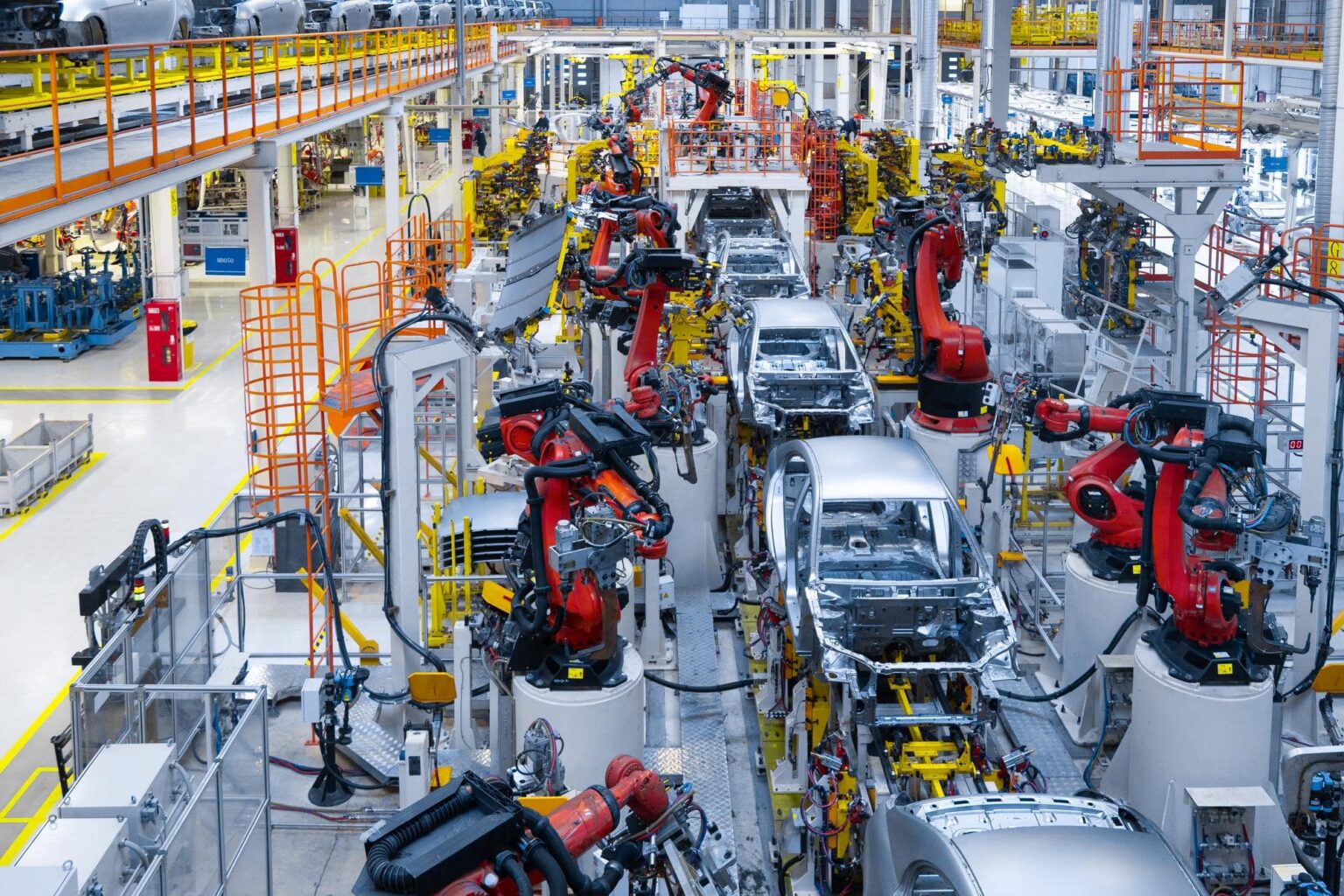Advanced materials play a crucial role in the automotive industry by enabling the production of lightweight and stronger vehicles. These materials offer numerous benefits, including improved fuel efficiency, enhanced safety, and increased design flexibility. Here are some examples of advanced materials used in automotive manufacturing:
- High-Strength Steel (HSS): High-strength steel alloys provide superior strength while reducing weight compared to traditional steel. HSS is used in various structural components, such as the chassis, body frame, and safety reinforcements. It offers excellent crash energy absorption, enhancing occupant safety, and can be easily formed into complex shapes.
- Aluminum Alloys: Aluminum alloys are lightweight yet robust, making them ideal for components that require strength and reduced weight. Aluminum is commonly used in body panels, engine components, and wheels. Its low density contributes to improved fuel efficiency and performance while maintaining structural integrity.
- Carbon Fiber Reinforced Polymer (CFRP): CFRP is an exceptionally lightweight and strong material composed of carbon fibers embedded in a polymer matrix. It offers high stiffness-to-weight ratio, impact resistance, and corrosion resistance. CFRP is used in components such as body panels, hoods, roofs, and interior trims to reduce overall vehicle weight.
- Advanced Composites: Advanced composites combine different materials to achieve specific performance characteristics. For example, fiberglass composites are lightweight and offer excellent corrosion resistance. These composites find applications in body panels, bumpers, and interior components. Other composites, such as carbon-glass hybrids, provide a balance of strength and cost-effectiveness.
- Magnesium Alloys: Magnesium alloys are lightweight and exhibit excellent strength-to-weight ratio. They are used in components like engine blocks, transmission cases, and steering columns. Magnesium alloys contribute to weight reduction and improved fuel efficiency while maintaining structural integrity and durability.
- Polymers and Plastics: Advanced polymers and plastics are used extensively in automotive manufacturing due to their lightweight nature, design flexibility, and cost-effectiveness. These materials are utilized in interior components, bumpers, trim pieces, and fuel-efficient vehicle designs.
- Advanced Glass: Advanced glass technologies, such as laminated glass and tempered glass, enhance safety and occupant protection. Laminated glass consists of a layer of polymer between two glass sheets, providing increased impact resistance and reducing the risk of shattering. Tempered glass undergoes a special heating and cooling process, resulting in increased strength and improved resistance to breakage.
The use of advanced materials in automotive manufacturing enables vehicle designers and engineers to achieve a balance between weight reduction, strength, safety, and performance. By incorporating these materials, automakers can produce vehicles that are more fuel-efficient, environmentally friendly, and offer enhanced occupant protection. As technology and material science continue to advance, we can expect further innovations in automotive materials, leading to even lighter, stronger, and more sustainable vehicles in the future.



